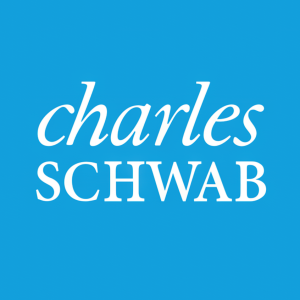Schwab Trading Activity Index™: Score Rises Modestly Amid New-Year Rally
Schwab clients were net buyers in January, with the most pronounced buying within the Consumer Discretionary, Energy and Health Care sectors

Schwab Trading Activity Index January 2024 (Graphic: Charles Schwab)
The reading for the four-week period ending January 26, 2023 ranks “moderate low” compared to historic averages.
“Schwab’s clients were net buyers of equities in January,” said Joe Mazzola, Director of Trading and Education at Charles Schwab. “While exposure was still relatively low when viewed in a historical context, we saw that for the most part, our clients stayed in step with the market rally, finding opportunities to increase exposure in particular to the ‘Magnificent Seven’ companies as the new year began.”
During the January STAX period, the S&P 500 (SPX) continued to reach new heights, with a rise of
Popular names bought by Schwab clients during the period included:
- Tesla Inc. (TSLA)
- NVIDIA Corp. (NVDA)
- Amazon.com Inc. (AMZN)
- Microsoft Corp. (MSFT)
- Advanced Micro Devices (AMD)
Names net sold by Schwab clients during the period included:
- Bank of America Corp. (BAC)
- Walmart Inc. (WMT)
- General Motors Co. (GM)
- Carnival Corp. (CCL)
- Warner Bros. Discovery Inc. (WBD)
About the STAX
The STAX value is calculated based on a complex proprietary formula. Each month, Schwab pulls a sample from its client base of funded accounts, which includes accounts that completed a trade in the past month. The holdings and positions of this statistically significant sample are evaluated to calculate individual scores, and the median of those scores represents the monthly STAX.
For more information on the Schwab Trading Activity Index, please visit www.schwab.com/investment-research/stax. Additionally, Schwab clients can chart the STAX using the symbol $STAX in either the thinkorswim® or thinkorswim Mobile platforms.
Investing involves risk, including loss of principal. Past performance is no guarantee of future results.
Content intended for educational/informational purposes only. Not investment advice, or a recommendation of any security, strategy, or account type.
Historical data should not be used alone when making investment decisions. Please consult other sources of information and consider your individual financial position and goals before making an independent investment decision.
The STAX is not a tradable index. The STAX should not be used as an indicator or predictor of future client trading volume or financial performance for Schwab. STAX data includes that from accounts of TD Ameritrade clients which have not yet transferred to Charles Schwab & Co., Inc., as part of our planned integration.
TD Ameritrade, Inc., member FINRA/SIPC, a subsidiary of The Charles Schwab Corporation. TD Ameritrade is a trademark jointly owned by TD Ameritrade IP Company, Inc. and The Toronto-Dominion Bank.
About Charles Schwab
At Charles Schwab, we believe in the power of investing to help individuals create a better tomorrow. We have a history of challenging the status quo in our industry, innovating in ways that benefit investors and the advisors and employers who serve them, and championing our clients’ goals with passion and integrity.
More information is available at aboutschwab.com. Follow us on X, Facebook, YouTube, and LinkedIn.
0224-GZVW
View source version on businesswire.com: https://www.businesswire.com/news/home/20240205765717/en/
At the Company
Margaret Farrell
Director, Corporate Communications
(203) 434-2240
margaret.farrell@schwab.com
Source: The Charles Schwab Corporation







